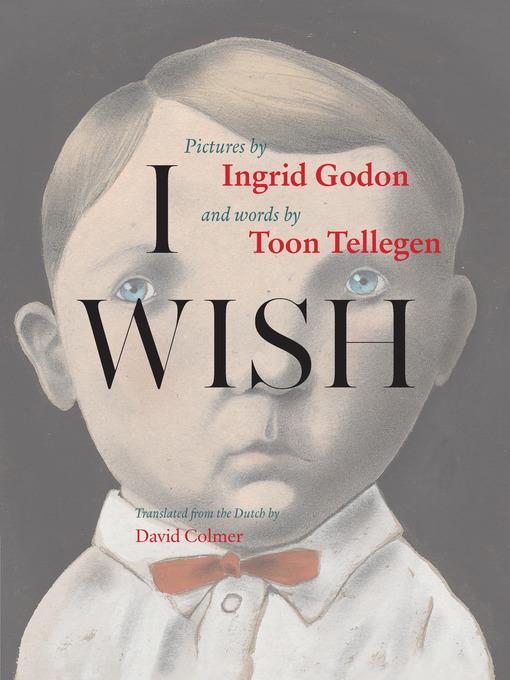
I Wish
کتاب های مرتبط
- اطلاعات
- نقد و بررسی
- دیدگاه کاربران
نقد و بررسی

February 1, 2020
This Dutch import pairs portraits with poetry to articulate wrenching individualism, yearning, humor, desires, and pathos. Transfixing faces--mostly pale, all moon-shaped and with unsettlingly wide-set eyes--conjure mildly unnerving sensations in readers, who will seek to understand, empathize, or at least interpret their expressions. These faces aren't posing or posturing; they're flat on the page, laid bare. Older children and teens, in particular, keenly aware of feelings, faces, and masks, will dwell upon these ambiguous, baffling visages. Colmer's sensitive translation emerges as crucial, as the pictures' powerful poignancy begs for explanation. Voiced in the first person, one of Tellegen's poems appears opposite each portrait, expressing the characters' deeply personal wishes and ringing with their unique phrasing and particular timbre. "I wish happiness was a thing and I / found it somewhere and took it home with me," confides Carl, one of the book's few kids of color. Piero, a white boy, grumbles, "I would like first of all to express my sincere thanks / to whoever gave me my looks. / I mean: IN-sincere. / Because I look horrible." The kids' names are printed close to the book's gutter, bridging language and art. These many portraits and poems beg to be leafed through and read in several sittings, as they house too much emotional energy to digest in one read. This probing psychological journey makes for an exciting exploration in empathy. (Picture book/poetry. 12-16)
COPYRIGHT(2020) Kirkus Reviews, ALL RIGHTS RESERVED.

April 20, 2020
Godon’s soft, unsettling portraits came before Tellegen’s poems; an opening note says that Tellegen “sought out stories behind Ingrid’s many faces.” Most of the pictures are of children, their implacable expressions casting doubt on the idea of carefree, innocent youth. Each face is round as the moon, with small shining eyes that sit curiously far apart. Often white and wispy-haired, the figures rarely smile. One boy wears a bellhop’s uniform; another, a red jersey and cap. Tellegen’s inward-turned, free verse poems, gracefully translated by Colmer, give them voice: Rosie, a fierce, small child in an incongruously bright pink bonnet, says, “I want to fight something/ but I still have to decide what..../ Vanity, maybe./ Or tickling./ I really hate tickling.” Paula thinks philosophically: “If I had never felt pain, nobody could explain/ to me what pain was.” Lack of bravery worries Anton: “If courage was something you could buy,/ I’d spend all my money on it.” By voicing the fears, angers, and secret desires of the figures, Tellegen spurs readers to embrace those of others, and their own. Ages 8–12.

























دیدگاه کاربران